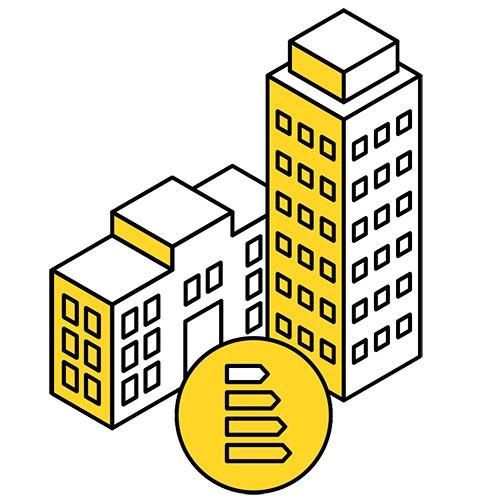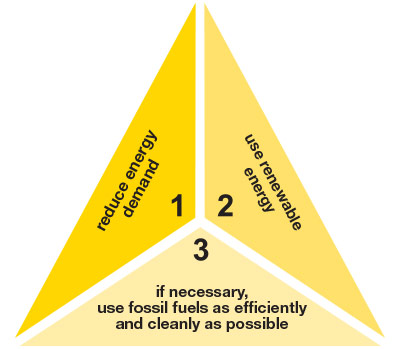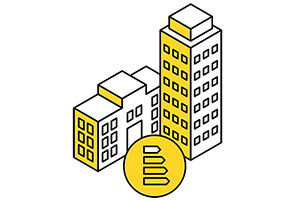Use: saving energy, saving emissions
🡄 Go to sustainability overview
You could say our PIR insulation boards are sustainable by definition, as they reduce the carbon footprint of millions of buildings worldwide. How? By providing resistance to heat flow, thereby reducing energy consumption and reducing the demand for fossil fuels to produce energy.

Projects
We closely follow legislation and are constantly looking to improve our PIR insulation boards to offer the best possible performance at the lowest environmental impact. Plus, we also take responsibility as a worldwide supplier to keep our customers informed and updated about best practices and new regulations.

The Trias Energetica explained
The basic rules for sustainable building – aka the ‘Trias Energetica’ – state that there are three steps to energy-efficient building: 1) limit your energy demand, 2) use renewable energy, 3) only use the fossil fuels you need to meet the remaining energy requirements efficiently.
Priority n°1 is to prevent energy waste, which is where our insulation comes in.
Read more
EPC NR regulations for non-residential buildings
Since January 1, 2023, large non-residential buildings must have an EPC NR upon transfer and rental. From January 1, 2024, government buildings will also be affected.
Discover what you need to take into account when creating a master plan in our whitepaper 'The influence of thermal insulation and energy-efficient techniques on the new EPC NR'.
Read more